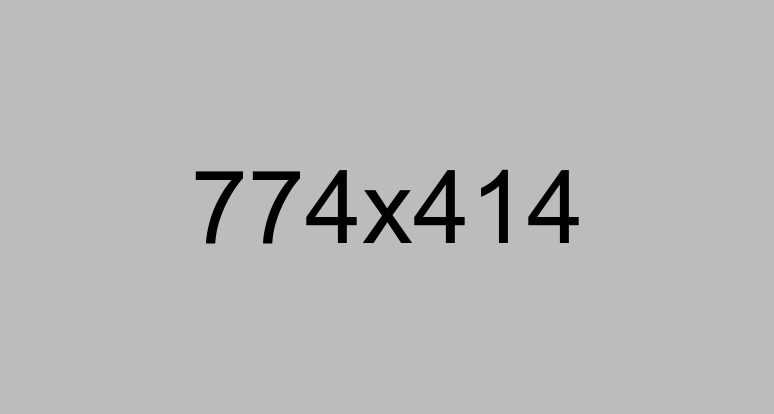Very Short Answer Questions - 1 Mark
Q1. Name a plant tissue having dead cells.
Ans. Sclerenchyma
Q2. What minerals is the bone matrix rich in?
Ans. Calcium and potassium
Q3. Name the water conducting tissue generally present in gymnosperms,
Ans. Tracheids
Q.4. Presence of which chemical in cork cells makes them impervious to water and gases?
Ans. Suberin
Q.5. Which tissue in plants provides them flexibility?
Ans. Collenchyma
Q6. Name the muscular tissue that functions throughout life without fatigue.
Ans. Cardiac muscular tissue
Q.7. In desert plants, how does the rate of loss of water get reduced?
Ans. Presence of cuticle on the surface of desert plants reduce the rate of loss of water.
Q8. Which animal tissue helps in repair of tissue and fills the space inside the organ?
Ans. Areolar tissue
Q.9. What is a goblet cell?
Ans. A goblet cell is a unicellular mucus secreting gland.
Q10. What is the name of bone cells?
Ans. Osteoblast cells
Q11. Which blood cells deal with immune reaction?
Ans. WBC (White blood cell)
Q12. Which cells are responsible for contraction and relaxation movements?
Ans. Muscle cells
Q13. Which cells are responsible for carrying messages?
Ans. Nerve cells
Q14. How are oxygen, food, hormone and waste material transported in the body?
Ans. Through blood
Q15. What is responsible for increase in girth of the stem or root?
Ans. The girth of the stem or root increases due to lateral meristem (cambium).
Q16. What is lignin?
Ans. Lignin is a chemical substance present in the cell wall of plants which acts as a cement and hardens it.
Q17. What is Cutin?
Ans. Cutin is a chemical substance with waterproof quality covering the aerial parts of plants.
Q18. Which tissue forms a barrier to keep different body systems separate?
Ans. Epithelial tissue
Q19. What is the composition of the cartilage matrix?
Ans. Proteins and sugars
Q.20. What are responsible for contraction and relaxation in muscles?
Ans. Contractile proteins
Q21. Differentiate the following activities on the basis of voluntary (V) or involuntary (IV) muscles.
(a) Jumping of frog
(b) Pumping of the heart
(c) Writing with hand
(d) Movement of chocolate in your intestine
Ans. (a) V
(b) IV
(c) V
(d) IV
Q22. What stimulates the movement of muscles?
Ans. Nerve impulses
Q23. Give the name of the connective tissue lacking fibres.
Ans. Blood
Q.24. Water hyacinth floats on water surface. Explain.
Ans. Aerenchyma present in the swollen petiole provides buoyancy to the hyacinth. Thus, it floats on water surface
Q.25. Which structure protects the plant body against the invasion of parasites?
Ans. The epidermis has thick cuticles and waxy substances to prevent the invasion of parasites.
Q.26. Why does an organism-plant or animal, require different types of cells in the body?
Ans. Any organism will have a wide range of cell types. This is because each cell type specialises in one particular function. And for the proper working of an organism many functions like food transport, immunity, strength, etc., are needed to be performed properly.
Q. 27. If a potted plant is covered with a glass jar, water vapour appears on the wall of the glass jar. Why?
Ans. This happens because of transpiration due to which water is released from the plant in the form of water vapour which appears on the glass jar.
Q28. Why are voluntary muscles also called skeletal muscles?
Ans. Voluntary muscles are also called skeletal muscles because they are mostly attached to the bones and help in body movement.

